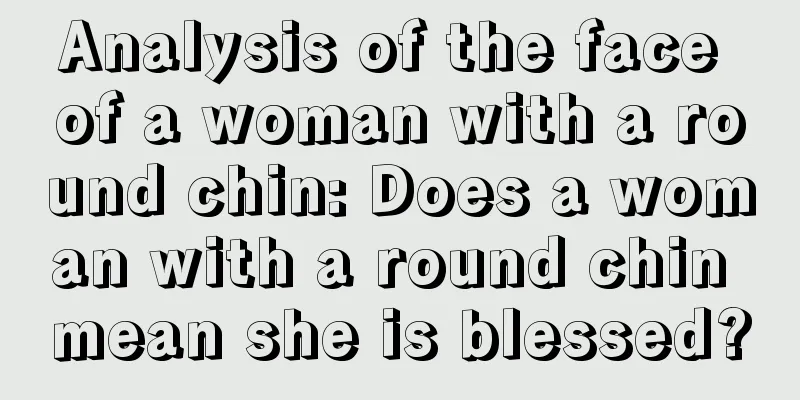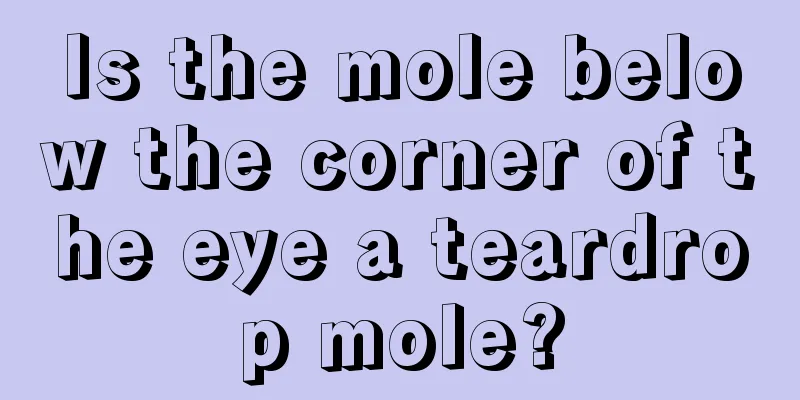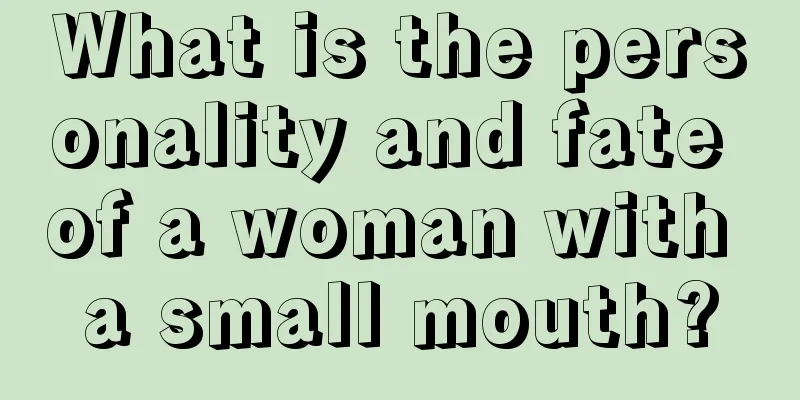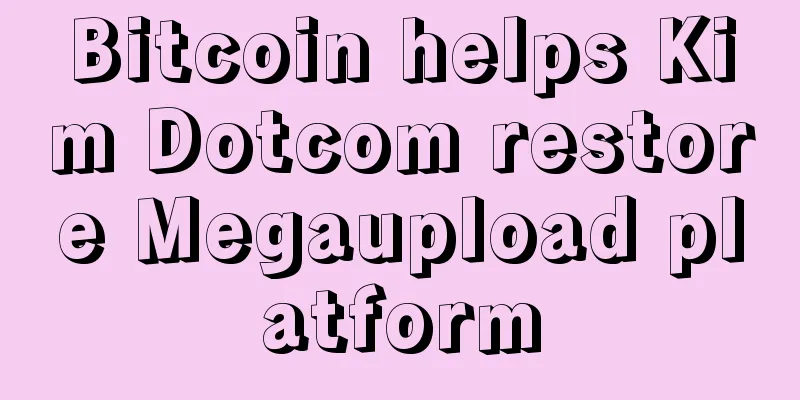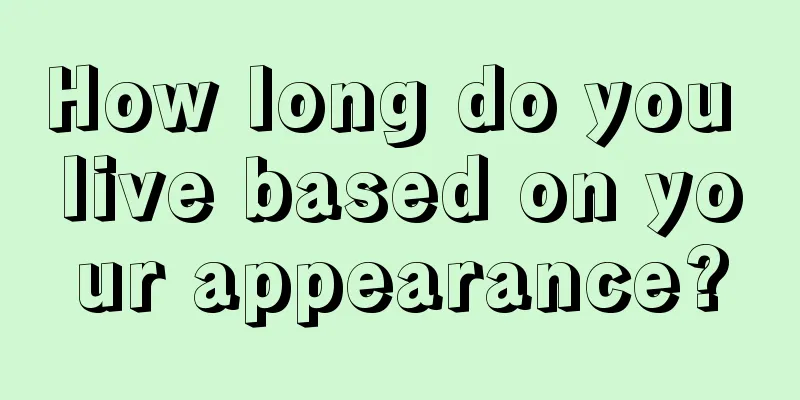Australian telco Telstra uses blockchain to protect smart home IoT devices
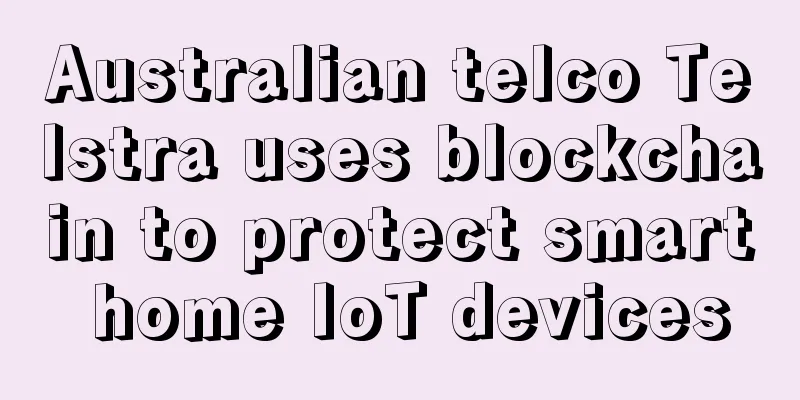
|
Rage Review : Australian telecommunications company Telstra is trying to combine blockchain and biometric technology to protect the security of IoT devices in smart home centers. Although many problems were found during the series of tests, it is still possible to achieve this goal by combining other technologies. According to the preset situation, the code-based IoT will have the best cost-effectiveness in the future. Australia Post, which is currently owned by the Australian government, is also actively involved in blockchain research and development. Translation: Annie_Xu Katherine Robins, chief security expert at Australian telecommunications company Telstra, said the company is combining blockchain and biometrics to protect smart home IoT devices. Robins said that after testing Ethereum, Hyperledger and Ripple blockchains, it is possible to find solutions for small-capacity storage devices using blockchain IoT. Telstra first tested the ADSL T-Gateways before developing a range of smart home products. “We sign the firmware, run a cryptographic hash of that firmware and the full configuration, and then monitor that against the blockchain,” Robins said at the Telstra Vantage 2016 conference in Melbourne, Australia. Private blockchains can help you make the solution as simple as possible. Anyone who knows Bitcoin knows how long it takes to add something to the blockchain, more than 10 minutes. If it is a permissioned blockchain and there are fewer users, it can be faster; and if you don't add anything and just do the hashing, it's almost instant. We have real-time tamper-proof protection and environment. So we tried to tamper with the hash value and see how long it takes for the system to notice the anomaly, and it turns out it takes less than a second. The success of the tamper-proof experiment led Telstra to expand the blockchain trial to most IoT devices in the smart home, including switches and cameras. Robins said that as the trial progressed, she began to worry about security issues, or more precisely, the lack of authentication mechanisms.
Robins said that by adding biometrics to the app and testing it with blockchain, users can verify their identity. This completes the entire system, with activities on the device having the tamper-proof function of blockchain, and biometric technology used to determine who is logging into the device at a certain time and place. Blockchain makes the entire IoT device more secure and efficient, increasing the cost-effectiveness of the organization.
IoT testing is performed on low-power networks.
In June, Telstra released 10 smart devices and the Telstra Smart Home hub; the devices include smart light bulbs, window sensors, door sensors, wide-beam motion sensors, smart plugs, Lockwood smart door locks, smart thermostats, outdoor WiFi cameras, indoor WiFi cameras, and smart home hubs. Telstra says the future of the Internet of Things will use narrowband networks. Robins said the company is also looking at using blockchain for legal network interception, environmental sensor monitoring, automotive safety, agriculture, network operations, fraud, compliance, auditing and electronic voting. Last month, Australia Post also mentioned a similar blockchain e-voting project. In a filing with the Victorian Electoral Matters Committee, the Post said community expectations were driving the development of electronic voting and it was looking forward to the success of its first blockchain project. "The emergence of cryptocurrency in the form of blockchain highlights the potential of re-purposing technology to capture digital transactions in an immutable, distributed and secure way," said Tim Adamson, head of Australia Post.
Adamson said blockchain could provide a tamper-proof solution, while earlier in August Australia Post accelerator partner Rick Wingfield said blockchain could enable physical authentication.
|
<<: Fortune: Will blockchain be the next disruptor in the music industry?
>>: Symbiont demonstrates blockchain catastrophe swap insurance to insurance executives
Recommend
Bitcoin service provider Purse.io CTO: Ethereum should "learn from the history of Bitcoin development"
Chris Jeffery, CTO of Bitcoin service provider Pu...
Palmistry to see if your partner is loyal
Infidelity in a relationship can cause many sad p...
What are the facial features of a jealous woman?
From the perspective of physiognomy, in fact, in ...
Is the left hand palm good?
Even if you have not heard of the Guantong Palm, ...
Niubit: Ethereum (ETH) computing power is officially launched
The global virtual currency investment platform N...
HaoBTC Bitcoin Daily Interpretation: Wide-range consolidation, waiting for the direction
Fundamental news: 1. Blockchain company Mediachai...
Xiao Gang: Virtual asset exchanges are bound to happen in the future
Source | Tencent Finance Xiao Gang, former chairm...
What kind of people love to spend money?
The thickness of the hands represents the shallow...
Beautiful but unlucky woman's face
1. Narrow forehead and high cheekbones Women with...
Facial features of couples prone to quarrels
People with soft eyes and rough voices, who have ...
Do people with hooked noses have a high divorce rate?
Wherever there is marriage, there will be divorce...
&lt;Heroic Glory Chapter&gt; Accurate Person Recognition Technique (Part 3)
"The Chapter of Heroic Glory" is a secr...
Tether was blackmailed for 500 Bitcoins, but refused to give in to hackers
The issuer of the USDT stablecoin said it had rec...
Physiognomy: Your forehead reveals your destiny
Physiognomy: Your forehead reveals your destiny W...
Why do we have nasolabial folds and how to eliminate them
Speaking of nasolabial folds, they must be the &q...


